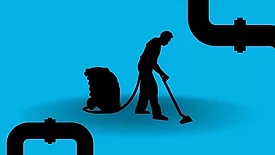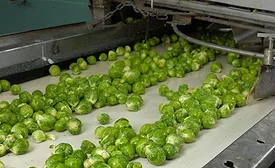Angela Anandappa Ph.D.
Angela Anandappa, Ph.D., is the founding executive director of the nonprofit Alliance for Advanced Sanitation, an organization focused on improving food safety.
ARTICLES
Improvements on the horizon will make AI systems more useful for food safety applications
Read More
How to Ace Your Next Audit
A well-functioning sanitation team contributes to audit success
December 22, 2021
Why SSOPs are the Foundation of a Well-Functioning Food Safety Program
Key Elements of Sanitation Standard Operating Procedures
August 17, 2021
Effects of the Pandemic on Personal Hygiene Practices: What’s Next?
Can we maintain high levels of hand hygiene postpandemic?
June 20, 2021
Never miss the latest news and trends driving the food safety industry
eNewsletter | Website | eMagazine
JOIN TODAY!Copyright ©2025. All Rights Reserved BNP Media.
Design, CMS, Hosting & Web Development :: ePublishing






